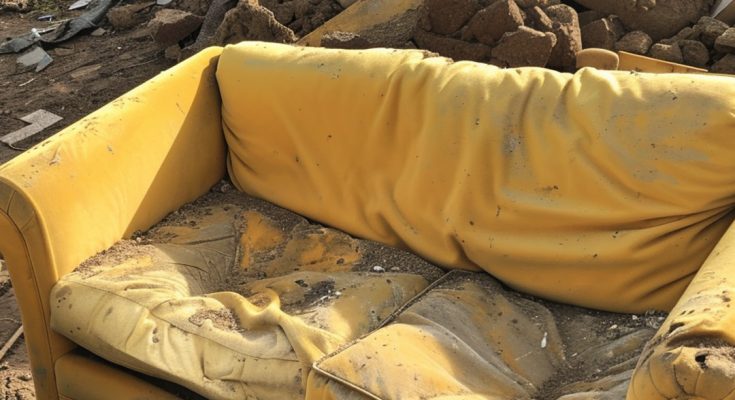Drawing is an expressive and creative art form that allows you to bring your imagination to life on paper. Whether you’re a beginner or looking to refine your skills, understanding the fundamental steps of the drawing process is crucial. This guide will walk you through each step, complete with illustrations to help you visualize the process.

Step 1: Gather Your Materials
Before you begin, it’s essential to have the right tools. You’ll need a set of pencils, ranging from soft (2B, 4B) to hard (H, 2H), an eraser (preferably a kneaded one), and a sketchbook or drawing paper. If you want to add shading, a blending stump or your fingers can also be useful. Here’s a quick visual of your basic toolkit:
Illustration: A selection of pencils, erasers, a sketchbook, and a blending stump.
Step 2: Start with Basic Shapes
Every complex drawing starts with simple shapes. Whether you’re drawing a face, an animal, or a landscape, break it down into basic geometric forms like circles, squares, and triangles. For instance, if you’re drawing a face, start with an oval for the head, then add guidelines for the eyes, nose, and mouth.
Illustration: An oval representing a head, with lines indicating where the facial features will be placed.
These shapes serve as the skeleton of your drawing, helping you maintain correct proportions and giving you a framework to build on.
Step 3: Refine the Shapes
Once your basic shapes are in place, begin refining them into more detailed forms. Start by outlining the key features more accurately. For example, transform the oval into the shape of a head by adding the jawline, and turn the eye circles into more realistic almond shapes.
Illustration: The basic shapes refined into the outlines of a face, with more accurate placement of the eyes, nose, and mouth.
At this stage, don’t worry too much about the fine details—focus on getting the proportions and placement right.

Step 4: Add Details and Textures
Now, it’s time to add details. For a portrait, this would mean adding the irises, eyelashes, and hair texture. For objects or landscapes, it could involve adding intricate patterns, textures, or specific features like leaves on trees or bricks on a wall.
Illustration: The eyes are detailed with irises, eyelashes, and light shading, giving them depth and realism.
Use light strokes to build up the details gradually, allowing you to adjust if needed. Focus on capturing the texture and depth that brings your drawing to life.
Step 5: Shading and Blending
Shading adds depth and dimension to your drawing, making it look more realistic. Determine where the light source is coming from and shade accordingly. Use your pencils to create gradients, and blend with a stump or your finger to smooth out the transitions.
Illustration: Light and dark shading applied to the face, with blended areas to create a smooth transition and a 3D effect.
Proper shading can make flat shapes look three-dimensional. Pay attention to the areas where light naturally hits and where shadows are cast.
Step 6: Review and Final Touches
Once you’ve added shading and details, step back and review your work. Look for areas that might need more refinement, such as adjusting the contrast or adding more texture. Don’t hesitate to make corrections or erase parts that don’t look right.
Illustration: The final, refined drawing with all details, shading, and highlights in place.
Finally, add any final touches, such as highlights to the eyes or deepening shadows for more contrast. Your drawing is now complete!
Conclusion
The process of drawing involves a series of steps that build upon each other, starting with basic shapes and gradually adding detail and texture. By following these steps and practicing regularly, you’ll find your skills improving, and you’ll be able to tackle more complex subjects with confidence. Remember, every artist’s journey is unique, so be patient with yourself and enjoy the creative process!
Here is the instructional image showcasing the step-by-step process of drawing. It illustrates each stage from starting with basic shapes to refining, adding details, and final shading. This visual guide will help you better understand how to approach your drawing process effectively.





